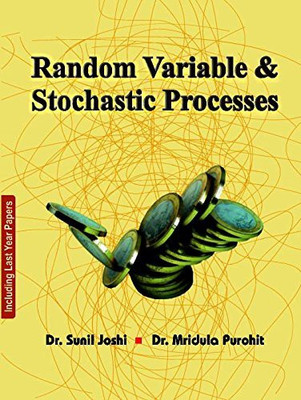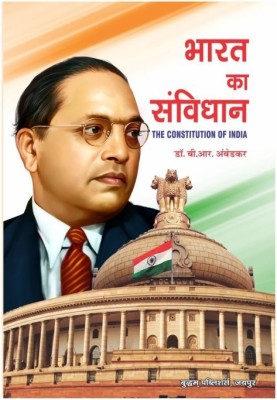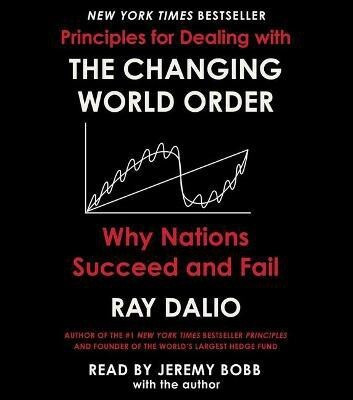
Gravity : An Introduction to Einstein's General Relativity 1 Edition (English, Paperback, James B. Hartle)
- Language: English
- Binding: Paperback
- Publisher: Pearson
- ISBN: 9789332535084/9788131700501, 813170050X
- Edition: 1, 2003
- Pages: 656
Gravity: An Introduction to Einstein's General Relativity is a supplementary book for the undergraduate students who are pursuing their majors in Physics.
Summary Of The Book
Hartle has authored this book with the motive of bringing the endless subject: The General Theory of Relativity, into a concise book in Gravity: An Introduction to Einstein's General Relativity in order to help the students of undergraduate level.
Adopting a 'physics first' method to his area of study, Hartle presents this book with a brief, easy to understand English. The author emphasises on the interesting phenomena of gravitational physics and the developing link between the theory and the observation in this book. The book also depicts examples before every derivation for easy understanding of the subject.
The various chapters in this book deals with concepts like Special Relativity and Space and Time in Newtonian Physics, Black Holes, Gravitational Physics, Newtonian Physics, Cosmological Models, The Curved Spacetimes of General Relativity, Gravity as Geometry, Solar System Tests, The Einstein Equation, Curvature, and Gravitational Wave Emission. Topics like GPS and X-Ray sources are applied to explain the boundless relevancy to the subject of Theory of General Relativity in day to day life.
This book is based on the magnum opus The General Theory of Relativity, a geometric theory of gravitation authored by Albert Einstein in the year 1916.
About James B. Hartle
James B. Hartle is an acclaimed relativist better known for his works in general relativity, astrophysics, and interpretation of quantum mechanics. Hartle is an American physicist. He also worked at the University of California at Santa Barbara, as a professor of Physics.
Presently, he owns the fellowship of external faculty of the Santa Fe Institute.
Another published work of his is called The State Of The Universe And Quantum Cosmology: Problems For The 21st Century.
James B. Hartle was born in Baltimore in the year 1939. He graduated from the Princeton University. He received his PhD from California Institute of Technology, in the year 1964. Hartle collaborated with Murray Gell-Mann and others to develop a substitute to the classic Copenhagen interpretation, much universal and a benchmark to quantum cosmology, founded on coherent chronicles.
In 1983, Hartle collaborated with Stephen Hawking, while he was working at the Enrico Fermi Institute, University of Chicago, to develop the Hartle-Hawking wave function of the Universe.
| Publication Year |
|
| Author |
|
| Series Volume |
|
- 5★
- 4★
- 3★
- 2★
- 1★
- 17
- 2
- 1
- 0
- 0
One of the Best book on Relativity
Pankaj Saha
Certified Buyer
Mar, 2012
Great book for students......
It would be more interesting to read this if the reader has some knowledge of higher mathematics(calculus etc.) and power to imagine and visualize some 'thought experiments'.
Chaitanya Jog
Dec, 2013




